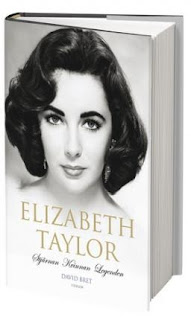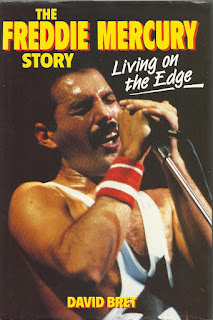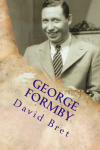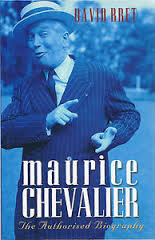For David Bret's biographical details, please type "Introducing David Bret" into the search box.
Italian edition
Novels
The Dynham Chronicles: The Wars of the Roses As Recalled by A Devonshire Family (an ongoing saga covering the years 1459 - 1501)
Chronicles 1 and 2: 1459 - 1461 (English and French editions)
Chronicles 3, 4 and 5: 1461 -1464
Chronicles 6, 7 and 8: 1466 - 1468
Chronicles 9, 10, 11 and 12: 1469 -1472
Darvinz of Zarumna: A Mythological Romance of the Ancient World (English and French editions)
France
Dante Alfonso: Italian God of the Silent Screen
Paris Under The Jackboot: Story of Condemned Love

























































































